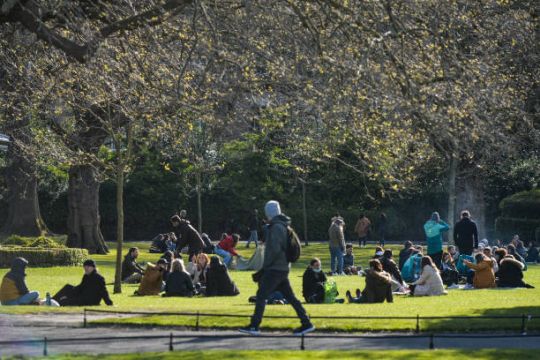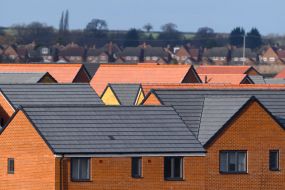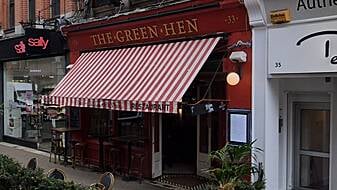Dublin is the fifth most expensive city in which to rent a home in Europe this year, having recorded an increase of €119 per month in 2020, according to global mobility expert ECA International.
As The Irish Times reports, the increase equated to a 2.2 per cent year-on-year rise, although this was a slower rate of increase than experienced the year before when it was 6 per cent. The average rental cost of a three-bedroom home in central Dublin is now €3,713 per month.
Dublin is far costlier than many other major European cities such as Rome at €2,729, Berlin at €2,475, and Valencia at €1,600.
“Dublin remains a popular location for businesses to send staff on assignment, so demand continues to impact accommodation costs,” said Alec Smith, accommodation services manager at ECA International.
“In addition, ongoing building regulations, which remain tight in Dublin, make supply slim in popular areas of the city.”
Figures published by the Central Statistics Office on Friday showed the number of homeowners across the country rose last year as the impact of the pandemic saw more people abandon the rental market.
Remote working
The increase was sharpest in Dublin, with the numbers owning a property increasing by 8 per cent, up from 848,700 at the end of 2019 to 916,400 at the end of 2020.
London maintains its position as the most expensive location in Europe to rent for the fifth year in a row, while it is the fourth most expensive place globally.
Although London’s renters have experienced a rise of £56 (€65) per month, it’s considerably less than the rental increase in 2020 (£121 per month). The average cost of a three-bedroom, mid-range home in a prime London location is now £5,364 per month.
“As expected, the Covid-19 pandemic is set to influence rental prices in London, but the full extent of this is still yet to be seen,” said Mr Smith.
“Future falls in rents are expected in prime central districts, and it’s likely some level of remote working will remain across many industries post-pandemic.
“A central location is therefore likely to move down the list of priorities for many expat renters, with larger properties and outdoor space becoming more attractive.”







